👋🏽 Hello everyone!
This month we will explore:
📊 Winning DEI awards - are they worth it or problematic?
🚫 Why are false equivalencies a DEI issue?
👩🏽💻 Back to the office or not- from virtual internships to why women of colour prefer to work from home.
Read & share the latest articles that have got me thinking 💭
💝 We need to take an intersectional approach to benefits
Almost half of employers offer the same range of benefits to all staff, despite 76% saying staff have requested more targeted perks. Whilst this article is a good start, we need to go further and recognise intersectional needs.
❤️🩹 Almost 18 million people have Long COVID. Here’s how to make your work more inclusive
Supporting workers with Long COVID requires rethinking many long-standing practices including social activities, notions of professionalism and hustle culture.
⌨️ The Anatomy of Accessible Forms: Best practices
Don’t be put off with the developer talk and coding language, this is a useful series of articles which talks about how to build forms in an accessible way, pointing out things to look out for.
🏠 Working from home isn’t lazy – it’s a refuge from racism
Everyone has been talking about Amazon’s controversial move to bring its workers back in the office 5-days a week. It is important to recognise the impact this can have on race and gender equity. In this article, women of colour describe their days out of the office as a 'blessing' where they can be themselves and work productively.
💻 Can virtual work experience help diversify early talent pipelines?
Airbus, Barclays and John Lewis are among a growing number of employers offering virtual work experience opportunities but do these remote placements offer the same benefits to students and businesses?
📢 ‘Challenged to take action’: Co-op launches inclusivity campaign in response to requests
Colleagues across the Co-op asked the company to take a stance following recent events in the UK (more on this here - but behind a paywall), they are using billboards such as the one pictured below. What do you think of this?
👀My new content
This might be controversial, but I think organisations should think twice before entering themselves into the many DEI awards out there 🫣.
Whilst winning an award should be a positive thing, they can sometimes have unintended negative consequences that can be problematic, cause harm or do damage to your overall DEI work. For example:
❌ When they encourage competition in EDI work rather than collaboration and alignment to achieve greater impact for the collective.
❌ When colleagues (past and present) feel gaslit because their experiences of discrimination and marginalisation do not match the stories told for the award.
❌ When the celebration events can feel exclusive, either due to the event activities or because only senior people from dominant groups are invited.
Look out for part two on this topic, coming soon.
Concept alert 🚨
False equivalencies:
A false equivalency occurs when two things are wrongly presented as being equal or comparable, despite the significant differences that make the comparison insensitive, misleading or inaccurate.
They can be harmful to conversations and rhetoric relating to DEI as they are often used to derail conversations, gaslight individuals about their lived experiences or can oversimplify complex issues and the realities of impacting different groups uniquely. Whilst sometimes they are an attempt at empathy, it does not show great active listening or recognise power dynamics. If we don’t recognise the real, nuanced barriers faced by marginalised groups, we can’t appreciate them or address them. Examples of false equivalencies can include:
‘If this was about race it would be taken more seriously’
‘It’s really about class’- Arguing that being economically disadvantaged is the same as facing barriers caused by systemic racism.
Arguing that issues faced by men is the same as the gender inequality women face.
🧰 Resources for your DEI Toolbox
Inclusive Advertising
Campaigns scoring higher on inclusive advertising metrics on average had 3.46% higher sales lift than lower-scoring campaigns. This is a useful document containing priceless data but also a great range of informative case studies. Share it with your marketing colleagues or agencies!
Toolkit: Helping designers create spaces and environments that meet aural diversity needs
For some individuals who are aurally divergent, the spaces and environments in which they live, work and play can have a great impact on their wellbeing. This can include people who are unable to hear certain sounds or frequencies, are particularly sensitive to some types of sound, who experience sound in a different way, are more reliant on hearing (e.g. To compensate for the loss of another sense) or who have no hearing at all.
Send this to your facilities, design and event colleagues.
& finally for that smile 😆
IKEA went and smashed this social media trend. Be honest- how much of it did you understand if you are a millennial like me?
Hope this newsletter left no crumbs…
If you haven’t already, don’t forget to subscribe to HTVB sport, a new free resource that will be shared monthly too.



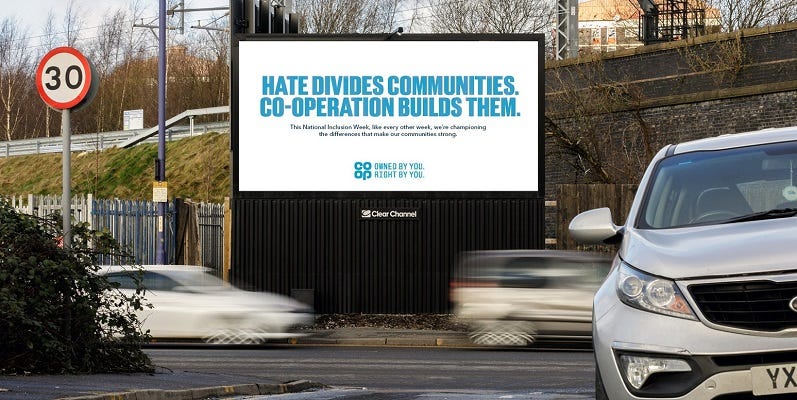

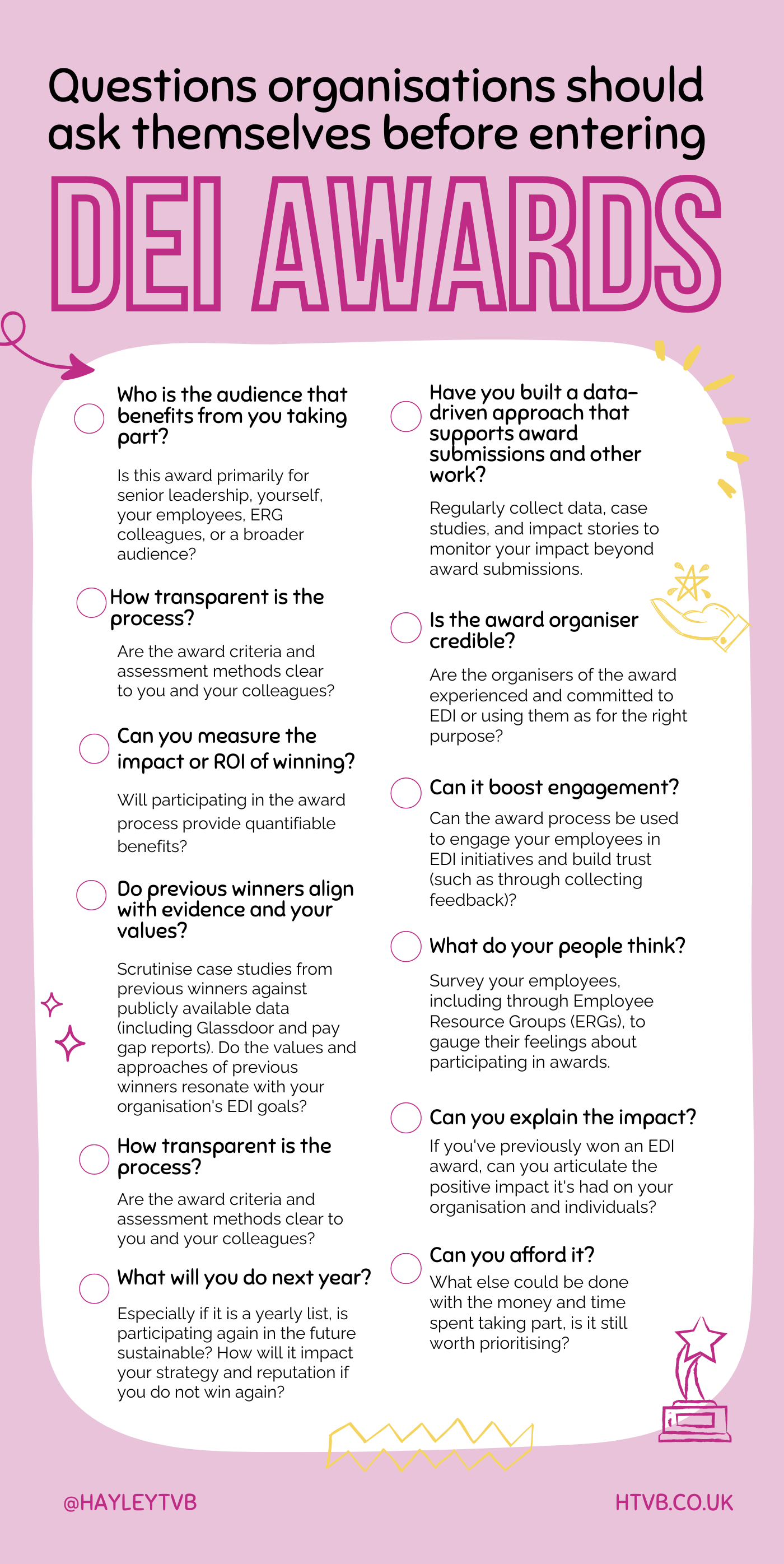



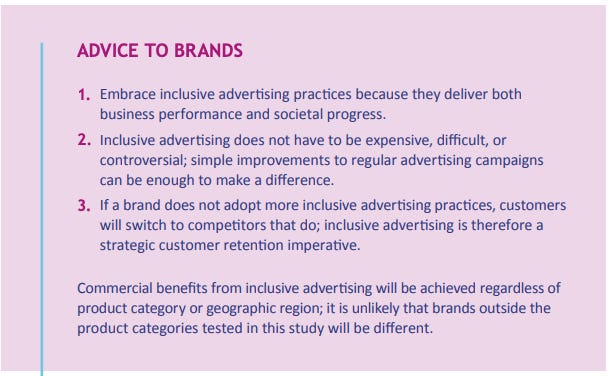
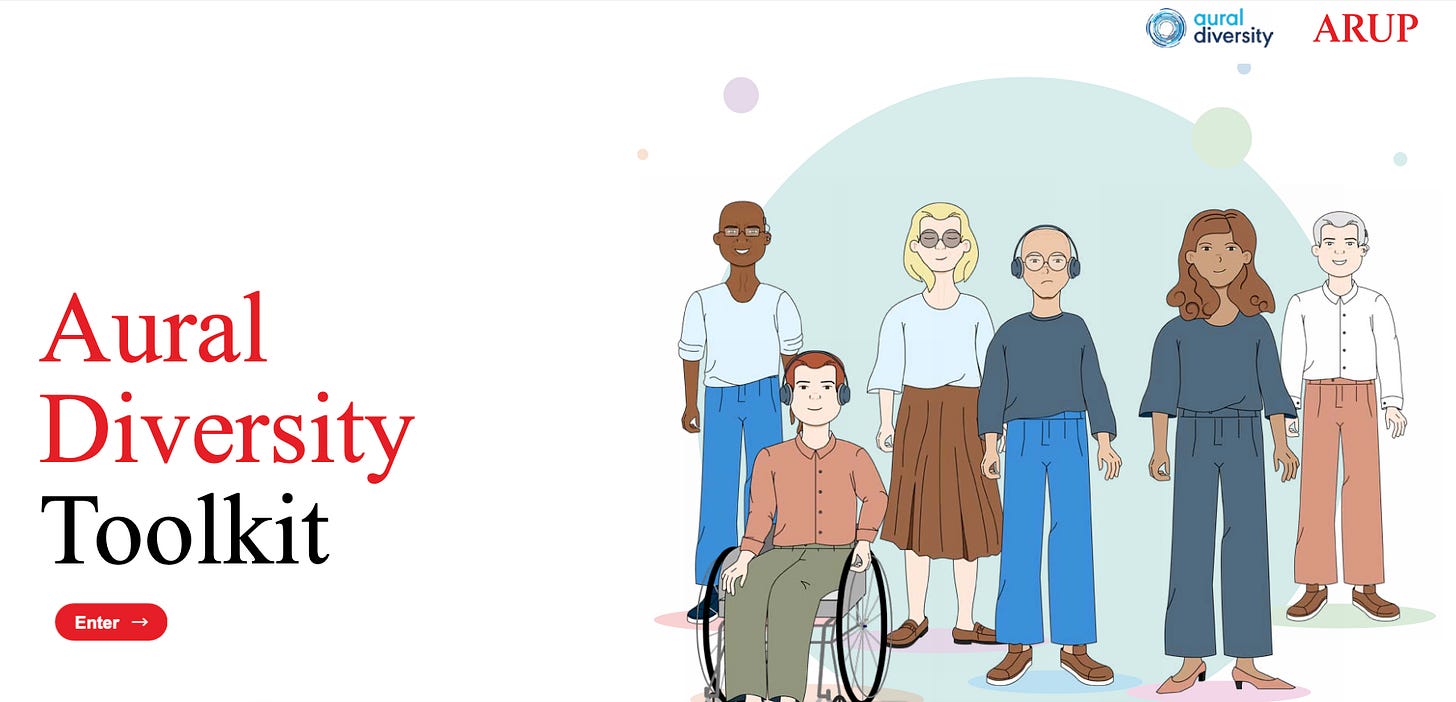

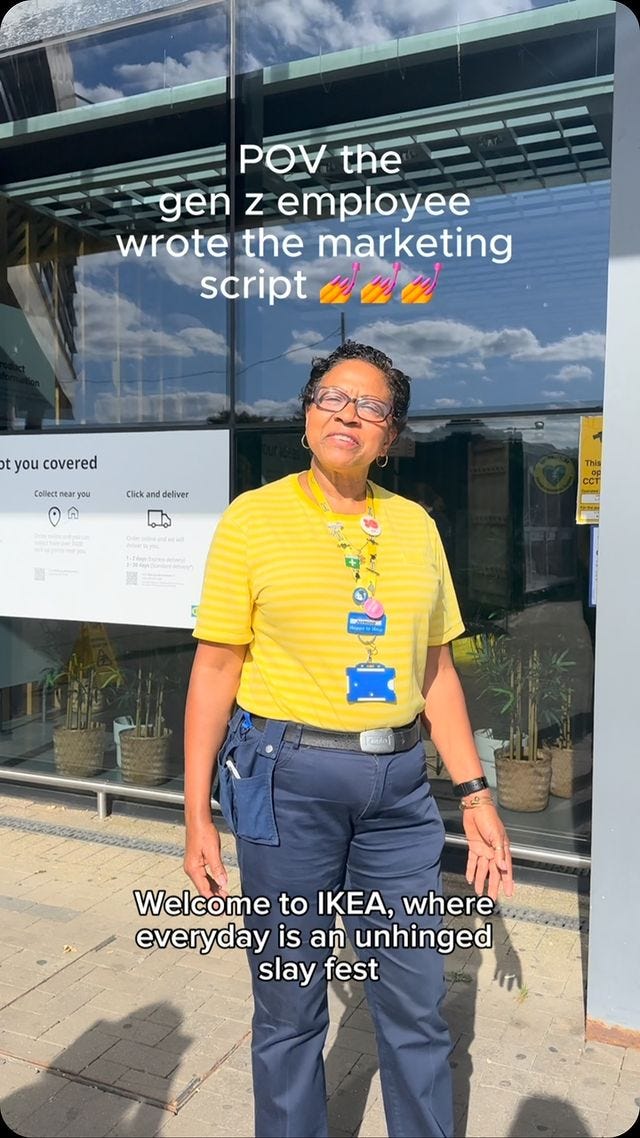

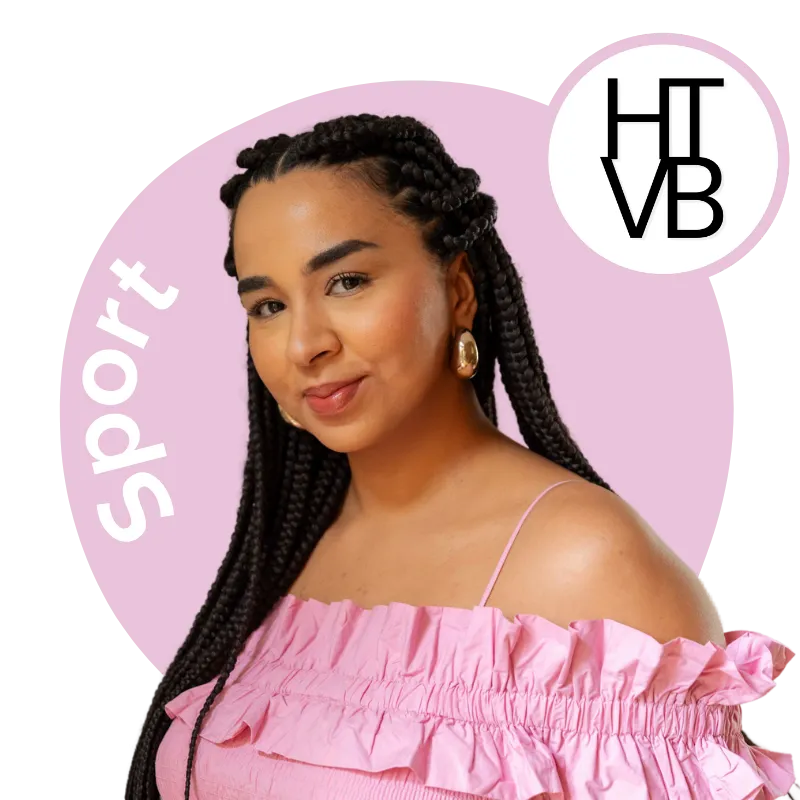
This one is 🔥, you killed it! I love how always learn at least one new thing form your newsletters.